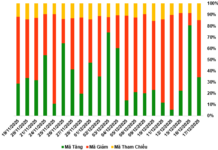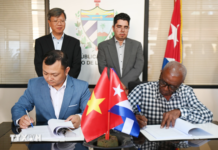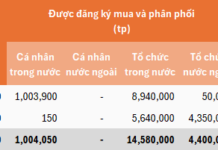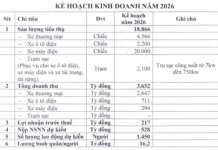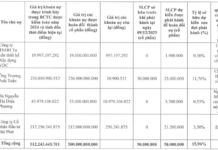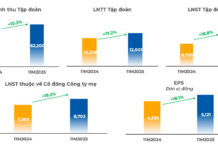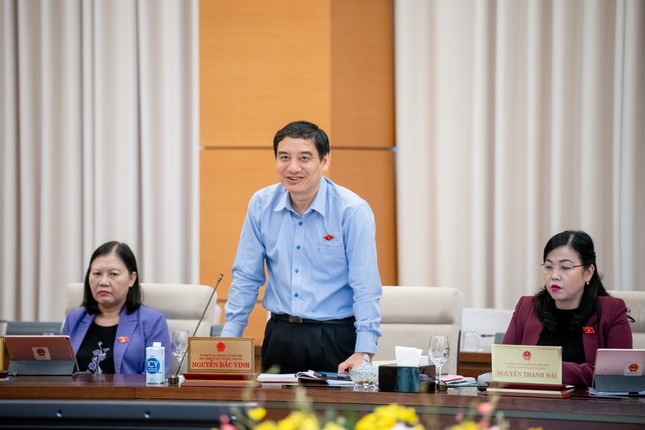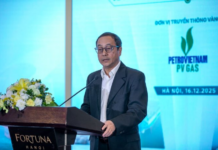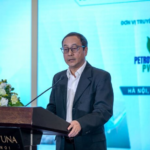Direct Supervision in 10 Provinces and Cities: A Strategic Move
On August 20, the National Assembly’s Standing Committee shared their insights on the plan to supervise the implementation of policies and laws regarding human resource development and utilization. This move aims to meet the demands of socio-economic growth, with a keen focus on high-quality human resources.
As shared by the supervisor team’s representative, Mr. Nguyen Dac Vinh, Chairman of the Culture, Education, Youth, and Adolescents Committee, the scope of this supervision spans from 2021 until December 31, 2024, across Vietnam.
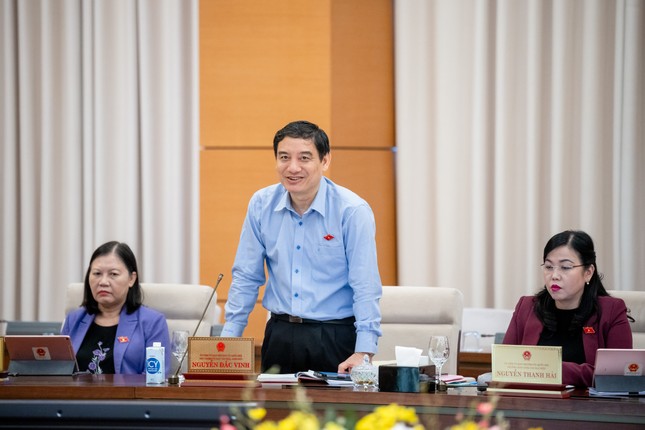
Chairman of the Culture, Education, Youth, and Adolescents Committee, Mr. Nguyen Dac Vinh. Photo: QH
The supervision will focus on assessing the current state of human resources, including high-quality talent, and evaluating achievements, limitations, and lessons learned. This will help propose recommendations and solutions for effective implementation in the future.
The supervision targets the Government and several ministries, including the Ministries of Education and Training; Labor, Invalids, and Social Affairs; Home Affairs; and Planning and Investment, along with relevant ministries and the People’s Committees of 63 provinces and centrally-run cities.
To ensure a comprehensive process, supervision will be conducted directly in 10 localities: Bac Giang, Thai Nguyen, Hanoi, Hai Phong, Hai Duong, Dak Lak, Khanh Hoa, Ho Chi Minh City, Ba Ria-Vung Tau, and Tra Vinh.
During the meeting, Ms. Tran Thanh Man, Chairwoman of the National Assembly, emphasized the nation’s focus on education, science, and technology as the top priority for progress. She stressed the importance of aligning human resource development with suitable employment opportunities and relevant industry sectors.
The Chairwoman also acknowledged the challenges posed by popular trends in educational choices, such as information technology and business administration, which have led to an imbalance between academic fields and available job opportunities.
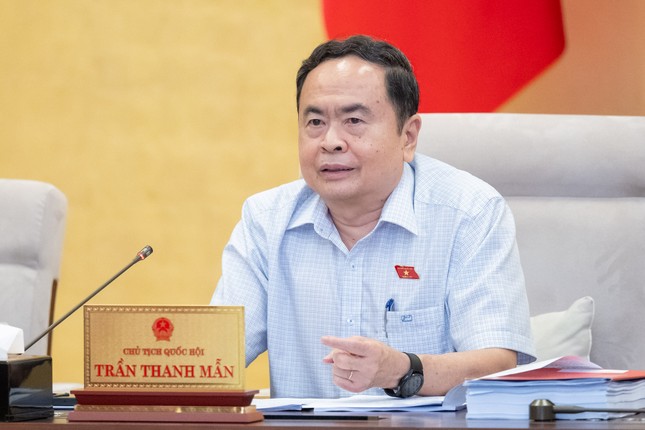
Chairwoman of the National Assembly, Ms. Tran Thanh Man. Photo: QH
Ms. Man advised a thorough examination of the scope of supervision, including a review of implemented and ongoing policies, along with reasons for any unimplemented policies. She emphasized the importance of comprehensive data to paint a clear picture of the scale, structure, and quality of human resources.
Furthermore, the National Assembly’s leadership stressed that the ultimate goal of supervision is to provide concrete recommendations, clearly indicating the responsible agencies and individuals. Each member of the supervision team must demonstrate a strong sense of responsibility and offer specific suggestions.
Tailoring Supervision to Local Contexts
Mr. Tran Quang Phuong, Vice Chairman of the National Assembly, highlighted the importance of supervision modalities and mechanisms to engage experts effectively. He also drew attention to the common practice of large supervision teams conducting brief site visits, which can result in a superficial understanding of the situation.
Instead, he suggested selectively choosing provinces and cities to visit and spending more time in each location to gather in-depth information, leading to more meaningful outcomes.
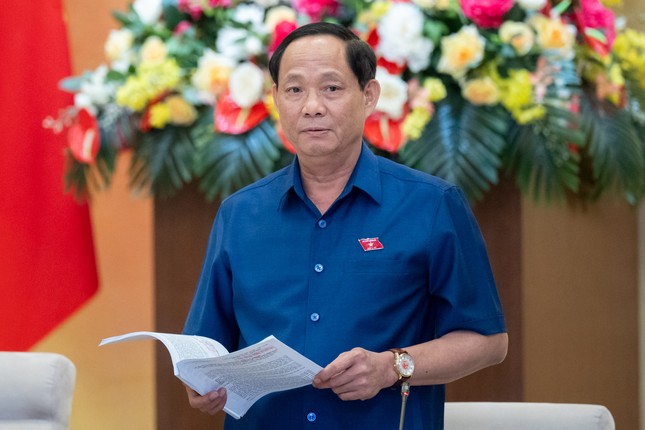
Vice Chairman of the National Assembly, Mr. Tran Quang Phuong. Photo: QH
Ms. Nguyen Thanh Hai, Head of the National Assembly Deputies’ Working Group, proposed tailoring the supervision framework to each region and locality, as each area has unique characteristics. She used the example of Thai Nguyen province, home to a large university that caters to the Northern region, in contrast to Bac Kan province, which lacks a higher education institution.
Ms. Hai emphasized the need to differentiate between localities that excel at attracting and utilizing talent and those that focus on human resource development. She suggested that each supervision framework should be customized to fit the specific context of each province or city.
Why did Amkor choose Vietnam as the world’s largest semiconductor production hub?
Bắc Ninh province boasts excellent infrastructure, meeting “special” requirements and cutting administrative procedures by one-third. Its infrastructure ranks among the best in Southeast Asia, which is one of the reasons why Amkor Corporation has chosen this province as the largest semiconductor production hub in the world.
Is Being a Billionaire Pham Nhat Vuong Really Fun?: From Brick Collector as a Child to Still Dealing with the Rules as an Adult, It’s All About Climbing Up or Falling Down
“If I do well, I will create an incredible playground. If not, please stay away and let others take over. It’s been a roller coaster ride for me, going up and down several times. If I succeed, I’ll get promoted, if not, I’ll step down,” Mr. Pham Nhat Vuong candidly shared.




